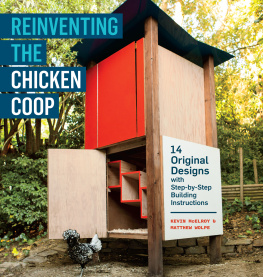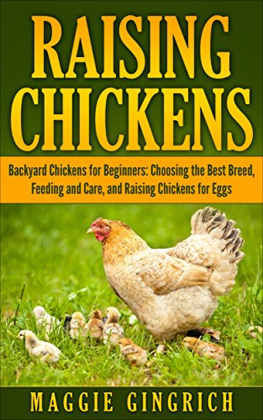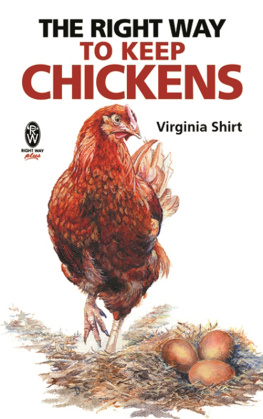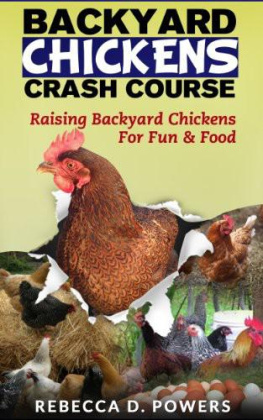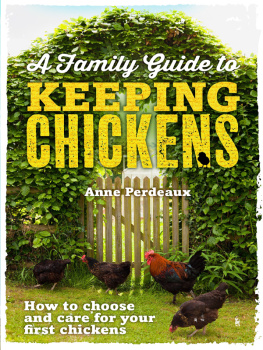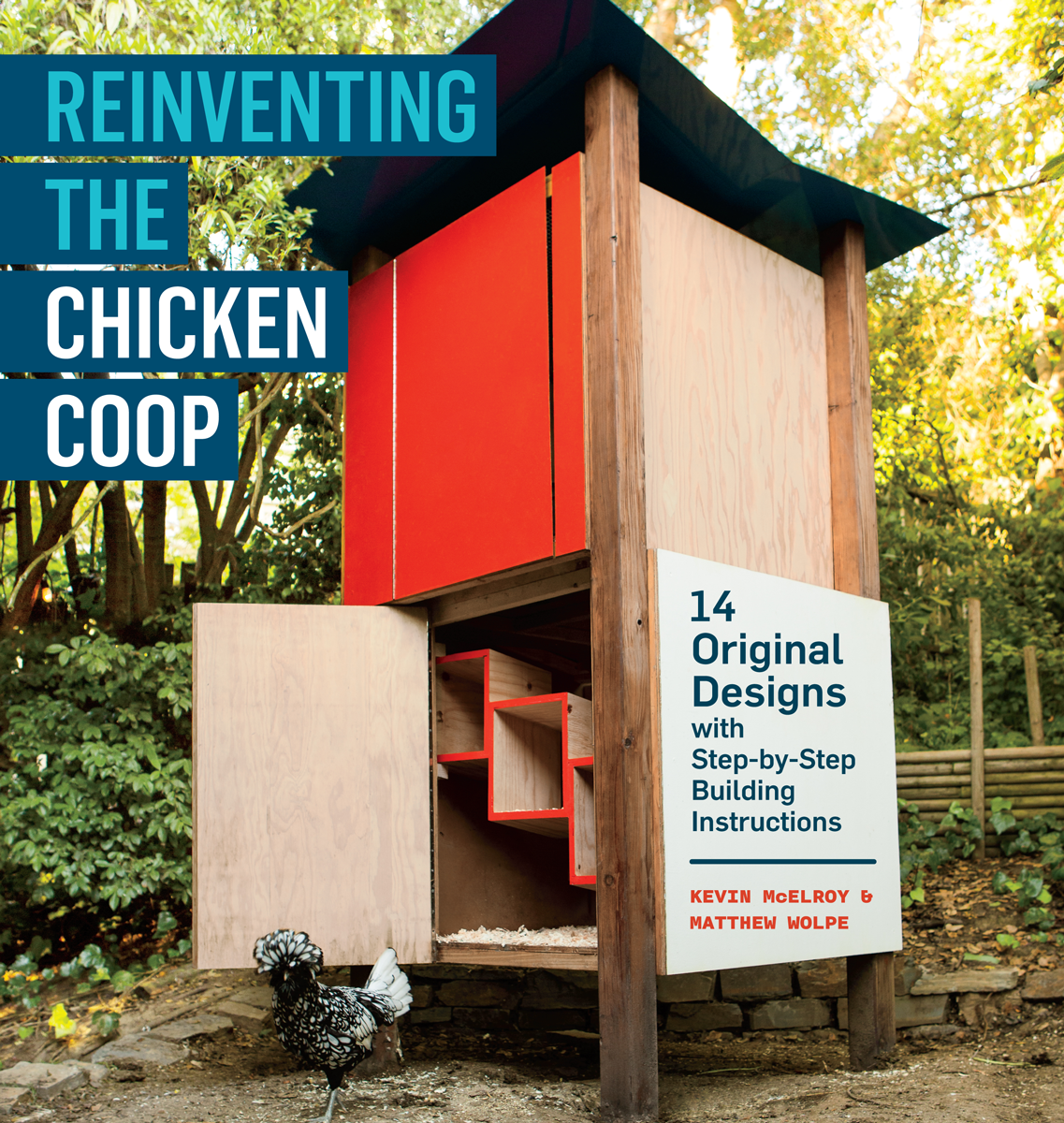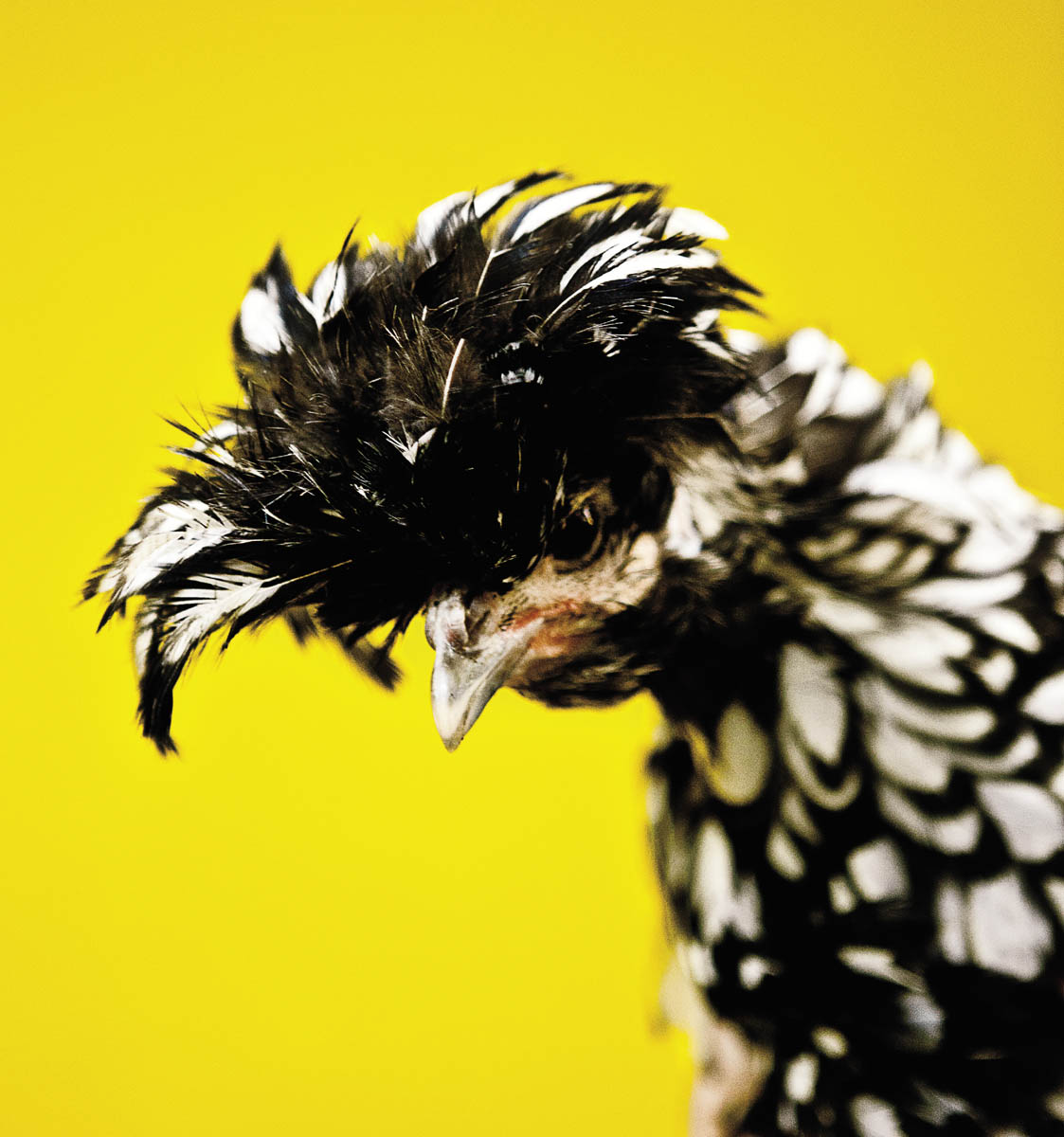The mission of Storey Publishing is to serve our customers by publishing practical information that encourages personal independence in harmony with the environment.
Edited by Philip Schmidt, Sarah Guare, and Deborah Balmuth
Art direction and book design by Alethea Morrison
Text production by Jennifer Jepson Smith
Ebook design by Dan O. Williams
Ebook production by Dan O. Williams and Kristy Rustay
Photography by Erin Kunkel
Illustrations by Michael Gellatly
Text 2012 by Matthew Wolpe and Kevin McElroy
Copyrights to plans featured belong to the designers of those plans. Such plans are intended for individual use only and are not to be sold or reproduced.
All rights reserved. No part of this book may be reproduced without written permission from the publisher, except by a reviewer who may quote brief passages or reproduce illustrations in a review with appropriate credits; nor may any part of this book be reproduced, stored in a retrieval system, or transmitted in any form or by any means electronic, mechanical, photocopying, recording, or other without written permission from the publisher.
The information in this book is true and complete to the best of our knowledge. All recommendations are made without guarantee on the part of the author or Storey Publishing. The author and publisher disclaim any liability in connection with the use of this information.
Storey books are available for special premium and promotional uses and for customized editions. For further information, please call 1-800-793-9396.
Storey Publishing
210 MASS MoCA Way
North Adams, MA 01247
www.storey.com
Acknowledgments
This book would not be possible without an incredible network of support from the following people:
Russell Brent and Nicholas Hodges, Leah Fessenden, Sabina Rasenow, Kaytlyn OConnor, and Salvador Menjivar for housing our finished coops. Novella Carpenter for housing our coop and providing insight and guidance on all aspects of our project. Our contributors: Traci Fontyn, Adam Reineck, Yvonne Mouser, and Nicole Starnes Taylor. Maurice Cavness, Nelson Bellesheim, Michel Dedeo, Michael Seidel, and Darren McElroy for helping move some of our (ridiculously heavy) coops. Biofuel Oasis for spreading the word about Just Fine Design/Build. Julie Pavuk and Barbara Finnin of City Slicker Farms; were so happy to have a long-standing relationship with their organization. Shannon Little for legal advice. Bill from ShedMover.com . Vale Larson Brasted and Dennis McElroy for invaluable design and construction advice. Erin Kunkel, our amazing photographer. Stephany Fillimon for technical writing advice. Joey Gottbrath and the studio staff at The Crucible for putting up with all of our construction and having a sense of humor about it. Deborah Balmuth, Sarah Guare, and Alethea Morrison for their ongoing support at Storey Publishing. Philip Schmidt for the careful and diligent editing. Tamar Beja, Audrey Hodtwalker, Hillary Kantmann, and Andrew Murphy for all-around chicken-keeping support. Andreas Stavropoulos for being a mentor and inspiration. Sean McElroy and Sean Tischler for help cutting the shipping container in half. Deborah Lebow, Alisa Lebow, Deena Lebow, Josh Wolpe, Beth Lebow, Sheri Kuehl, Jane Dawson, Kathy McElroy, Ryan & Jaime McElroy, and Chloe Sladden for editing help, ongoing support, encouragement, and love throughout this wacky project.
Contents
Preface
We certainly did not set out to write a book on chicken coops. While debating whether to take on such an ambitious project, we were well aware of our shortcomings. We are not farmers, chicken experts, technical writers, architects, or ecologists, and we had never published anything of significance.
What we are, however, are makers part of a strong current of people in the Bay Area who sketch and tinker, make messes and experiments in their basements and garages, and keep coming back for that addictive satisfaction of creating something useful. In 2008, Matt taught a collaborative design/build class in Oakland with City Slicker Farms. In the free class, community members learned basic carpentry skills while working on a project to take home. And the project? A chicken coop. To teach the class, Matt had to learn a lot about chicken coops fast.
Fast-forward a year. As close friends and fellow generalists, we formed Just Fine Design/Build in 2009 as a creative outlet and experimental business. When brainstorming a project to bring to Maker Faire (a convention of inventors, hackers, musicians, farmers, and artists), we decided to take another stab at chicken coop design, this time expanding upon the lessons learned from Matts first round. We felt we had something to contribute to the body of chicken coops out there, to add to the discussion: something well-designed, contemporary, clean; a coop people wouldnt apologize for as an eyesore in their yard but instead present proudly as a statement of self-sufficiency; something well-built with thought and intention. Like an egg, out came Chick-in-a-Box ().
The coop was featured on some design blogs and received an Editors Choice Award at Maker Faire, but none of the thousands of festival patrons were willing to commission a custom coop as we hoped. People loved our coop, but we were competing against prefab kits sold on the Internet at a fraction of the cost. We were realizing the difficulty in making any money at custom design/build projects. We both worked other jobs to support our creative pursuits: Matt on staff at an arts nonprofit and teaching furniture-making classes, and Kevin as a winemaker.
Then one day, soon after Maker Faire, we were contacted by Storey Publishing. They had seen Chick-in-a-Box featured in a design publication and liked what they saw. Six months later, we submitted a proposal for the book you have in your hands, and we decided to take the chicken coop much more seriously. (Well, not too seriously!) It was an appealing project, sort of like building a bunch of very small houses, each with its own roofing, flooring, and framing system. It had the potential for the detail and craftsmanship of fine furniture, and the design vocabulary of architecture. It connected to bigger ideas of food production and sustainability, and it empowered others through the safe and effective use of tools.
With funding from the publisher, we could design custom coops and not have to worry about selling each one individually. Design inspiration came from many directions: materials, clients, sites, traditions, and our own dreams and ideas. The Pallet Coop () is built from a surplus 20-foot shipping container cut in half and looks right at home in an industrial part of West Oakland, California.
We are also pleased to present the work of other talented chicken coop designers. Nicole Starnes-Taylor and Traci Fontyn had already designed and built their backyard chicken coops and agreed to include their designs in our book. Adam Reineck and Yvonne Mouser had designed their SYM coop () for a competition but had not built it until we approached them.

